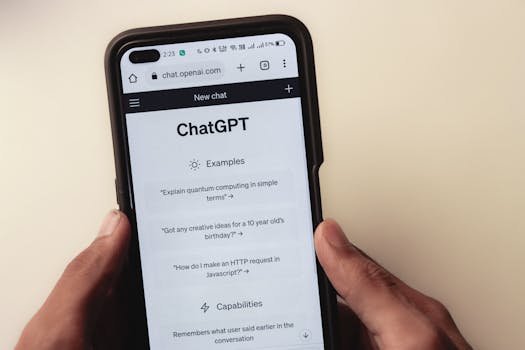
In today’s digital landscape where web applications form the core of business operations, penetration testing has become an essential practice for identifying and mitigating vulnerabilities before malicious actors can exploit them. This professional guide examines standardized methodologies, effective tools, and strategic benefits of web application penetration testing, drawing from specialized technical sources.
Executive Summary for Security Leaders
Web application penetration testing involves controlled attack simulations to evaluate critical system security. A proactive approach enables organizations to identify SQL injections, XSS flaws, and authentication failures before exploitation occurs. These assessments help maintain compliance with PCI DSS, GDPR, and ISO 27001 while protecting sensitive data and customer trust.
Key Takeaways:
- Core methodologies: OWASP ASVS, PTES, OSSTMM frameworks
- Essential tooling: Burp Suite Professional, OWASP ZAP, Metasploit
- Recommended frequency: Annual assessments or after major system changes
Standardized Web Penetration Testing Methodologies
OWASP Application Security Verification Standard (ASVS)
The OWASP ASVS framework provides three progressive assessment levels for web application security. Level 1 covers basic verification for low-risk applications, while Level 2 involves detailed testing for systems handling sensitive data. Level 3 represents comprehensive audits for critical infrastructure. The standard includes controls for session management, injection protection, and secure API configurations.
Penetration Testing Execution Standard (PTES)
PTES defines seven interconnected testing phases, beginning with legal agreements and scope definition. The methodology progresses through information gathering, threat modeling, vulnerability analysis using tools like Nessus, controlled exploitation, impact assessment, and comprehensive reporting. This end-to-end approach ensures complete coverage from reconnaissance to remediation guidance.
“PTES provides a detailed framework for penetration testing, ensuring complete coverage from reconnaissance through reporting” [1].
Essential Web Application Testing Tools
| Tool | Primary Use Case | Type |
|---|---|---|
| Burp Suite Professional | HTTP traffic interception and manipulation | Commercial |
| OWASP ZAP | Automated vulnerability scanning | Open-Source |
| Metasploit Framework | Known vulnerability exploitation | Framework |
| SQLMap | SQL injection detection/exploitation | CLI Tool |
SQLMap Implementation Example
sqlmap -u "https://example.com/login?id=1" --dbsThis command enumerates databases through vulnerable parameters [4].
Common Web Vulnerabilities and Mitigations
SQL Injection
SQL injection remains prevalent, allowing attackers to manipulate database queries through unsanitized input. Parameterized queries and prepared statements provide effective protection against this risk.
Cross-Site Scripting (XSS)
XSS vulnerabilities come in reflected, stored, and DOM-based variants. Detection tools like XSS Hunter help identify these flaws, while output encoding and Content Security Policies mitigate risks.
Cross-Site Request Forgery (CSRF)
CSRF attacks exploit authenticated sessions by forcing users to execute unintended actions. Anti-CSRF tokens and same-site cookie attributes provide reliable defenses.
Technical Team Recommendations
- Integrate testing early in the SDLC following shift-left principles
- Combine automated scanning (Invicti) with manual verification
- Maintain updated knowledge through OWASP Top 10 monitoring
Conclusion
Web application penetration testing serves as a critical component of enterprise security programs. By adopting OWASP ASVS or PTES methodologies and leveraging specialized tools, organizations can proactively identify and remediate risks. The combination of automated scanning and manual analysis remains the industry best practice for comprehensive security assessments.
References
- Campus Ciberseguridad (2025). “Pentesting Methodology for Websites”
- WingSoft (2024). “Web Application Pentesting: Tools and Methodologies”
- Geekflare (2024). “Top Web Penetration Testing Tools”
- DragonJAR (2024). “Web Application Penetration Testing”





